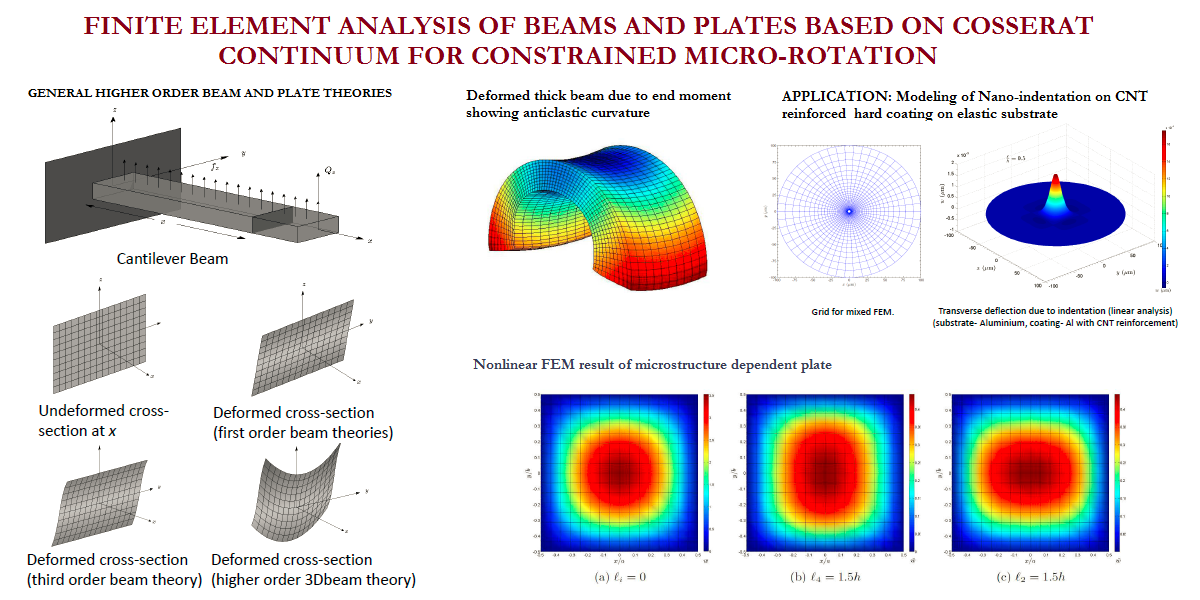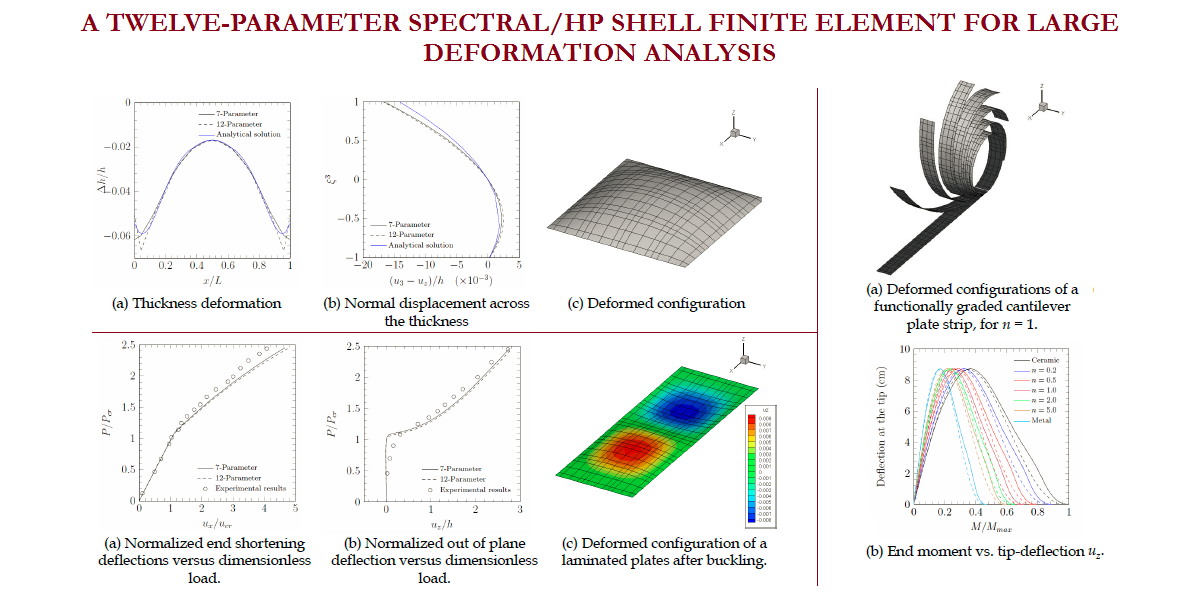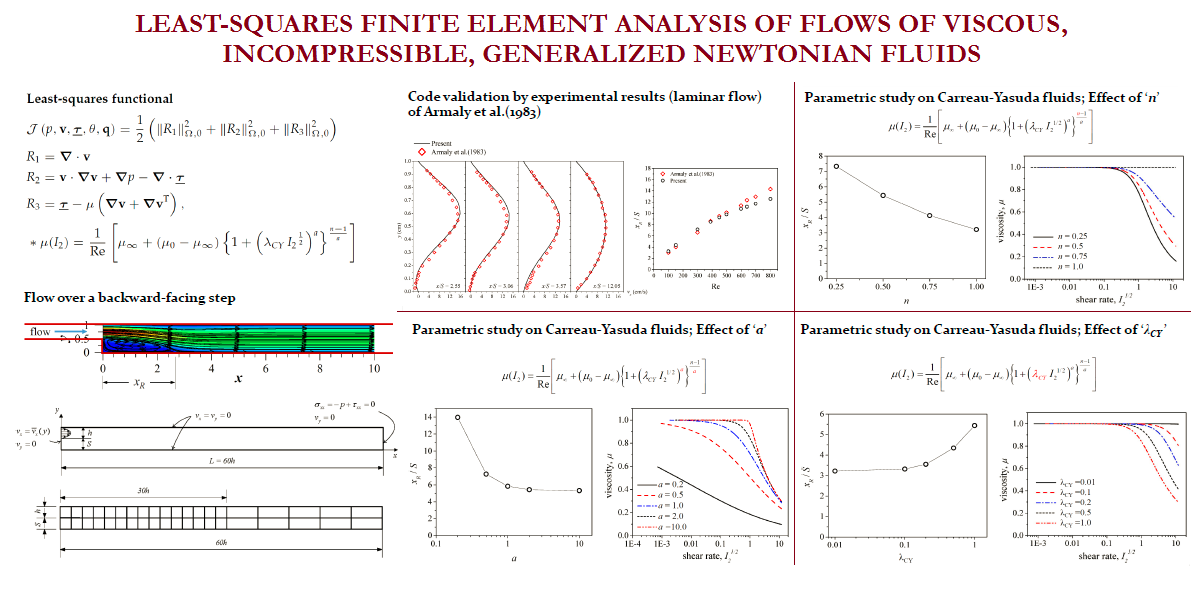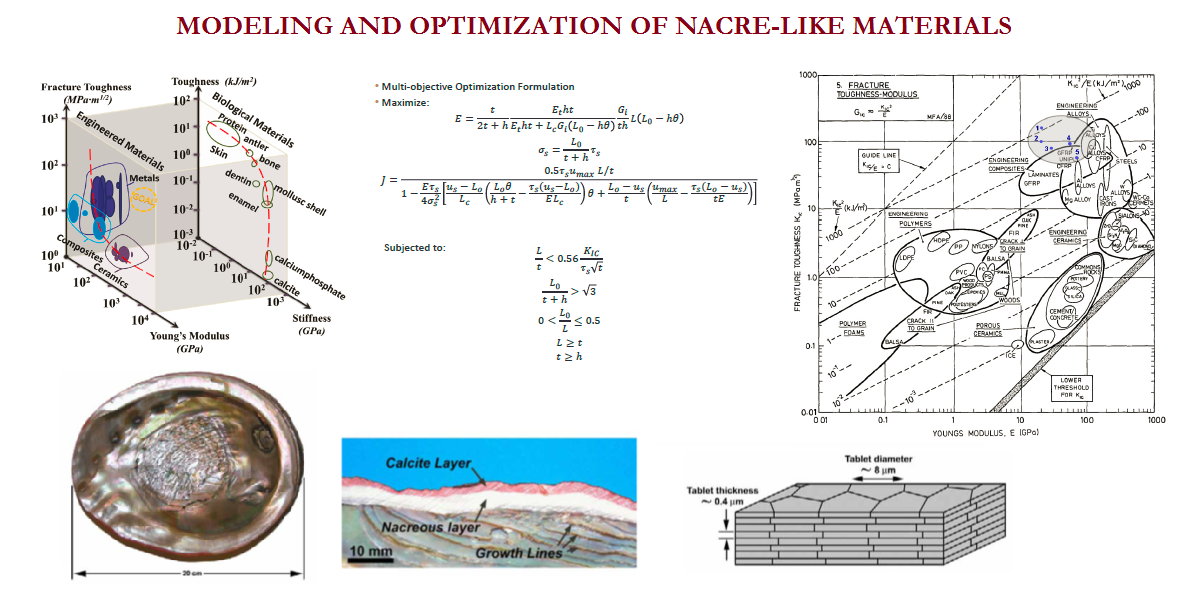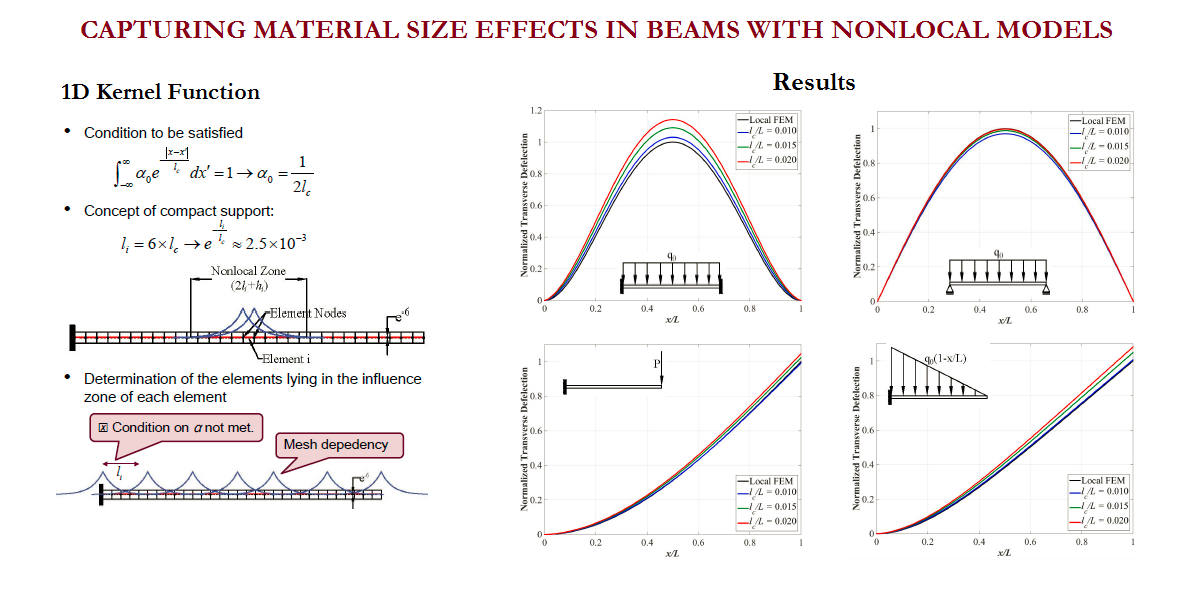Almost all scientists and engineers are involved in the modeling of natural phenomena, i.e., the development of conceptual and mathematical abstractions to simulate physical events. This accounts for the remarkable advances in transportation, communication, materials processing, manufacturing, medicine, and biotechnology since the beginning of the industrial revolution. Today this subject is referred to simply as computational science or computational mechanics – phrases that encompass science and engineering subjects dealing with numerical simulations of a variety of physical systems. Computational investigations now constitutes a “third scientific methodology,” distinct from the traditional methods of analytical and experimentation investigations.
Professor Reddy’s Advanced Computational Mechanics Laboratory (ACML) at Texas A&M University is dedicated to state-of-the-art research in the development of novel mathematical models and numerical simulation of physical phenomena. The ACML computing facilities include a 16-node supercomputer comprised of 1-head node, 11-compute nodes and 4-Gluster storage nodes. Each compute node has: Dual Hexa-Core E5-2630 “Sandy Bridge” 2.3 GHz Processors, 32 GB RAM and 256 GB SSD scratch storage. The system also has 66 TB of archival storage space.

